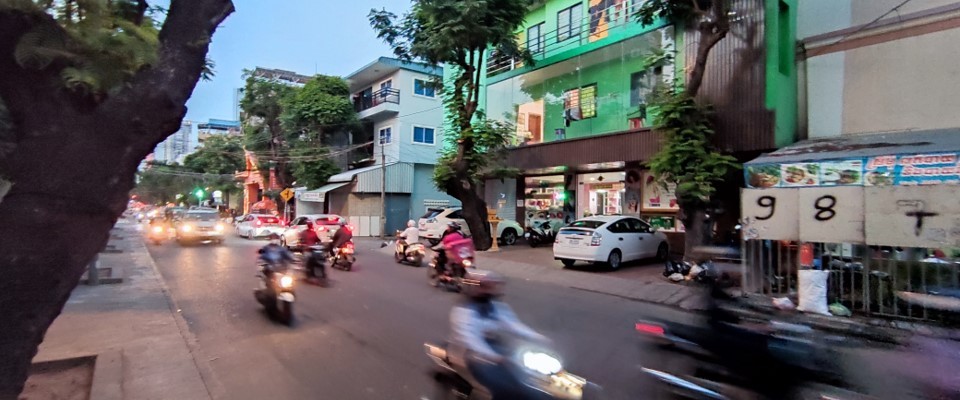When you think of capitals and metropolises, you think of cultural salad bowls or melting pots where a cacophony of languages splatter all about, disparate cultures crossover in the most unexpected ways, religions of all sorts are held and worshipped along different corners and cuisines of every flavour blend in a strange but fascinating mix. These are the New Yorks, Londons, Istanbuls and Singapores of the world.
Phnom Penh is far from that, it is in its own right a growing city and a developing capital but it is not a metropolis – the GaWC rankings (Globalisation and World Cities Research Network) classifies Phnom Penh as a Gamma city, which are cities that link smaller economic regions of the world. What defines Phnom Penh, and continues to do so proudly is its strong Khmer culture.
This overarching cultural fabric, which the of French history reverberating around it, is enriched by pockets if small expatriate communities who arrive for business. Most of these districts look like any community or street of the city and you would be hard pressed to identify a natural differentiator without looking hard – these communities are not as ‘loud’ as London’s historic Chinatown for example.

Take for example Phnom Penh’s Little Tokyo. Located along St 63 and St 422 in the south of Phnom Penh (which ironically is just next to Mao Tse Tung Road), Phnom Penh’s Little Tokyo is a shrine to Japanese food and culture in the country.
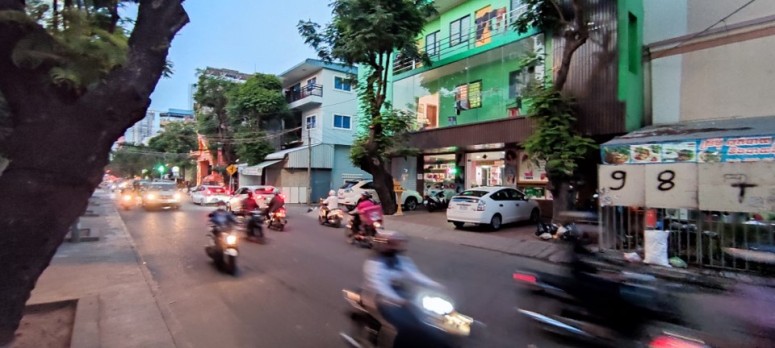
It sprung up organically as a Japanese enclave because of the nearby Japanese Embassy and the cluster of Japanese run businesses in the area – with the presence of Japanese came the establishment of Japanese restaurants and eateries that catered to the Japanese palatte.
Restaurants like Himonoya,
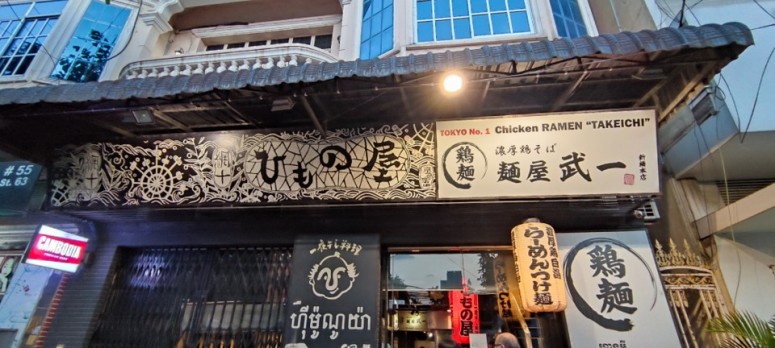
or Garaku were set up and targetted at these expats
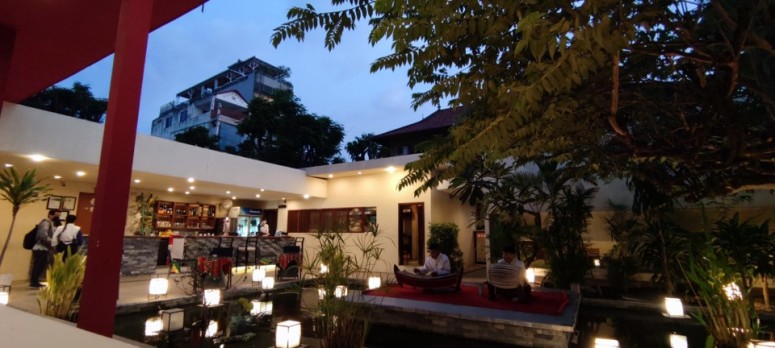
with tasty, authentic tasting Japanese food.
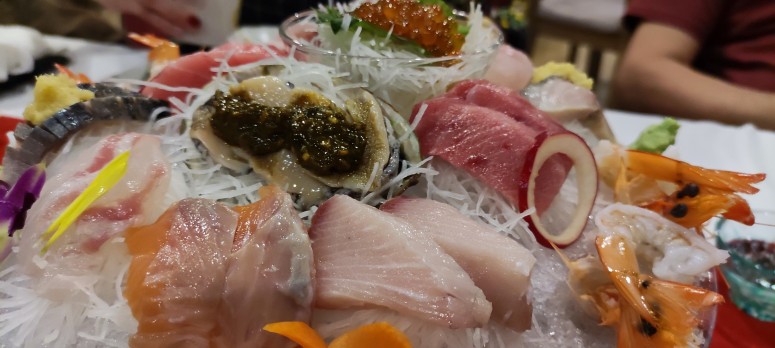
How did the Japanese and Cambodian relationship begin though?
Japan and Cambodia have relations that go back centuries, with ties first beginning in 1603 when trade ships from Cambodia arrived in Nagasaki. Trade while important was relatively secondary as the major interactions between the two were more diplomatic and militaristic in nature with the Cambodians seeking military aid from Tokugawa Ieyasu during its wars with its neighbours. This relationship while generaly positive was not what ‘one would say’ a priority for either and hence continued on a stable trajectory for centuries.
Relationships were restablished after the end of the Pol Pot & Khmer Rouge regime, with Japan becoming a major development, demining and education aid contributor to Cambodia since the 1990s.
The Japanese relationship with Cambodia has been strengthening over the years, with diplomatic relationships giving way to more complex economic, social (Japan has been giving grants to various charities to demine Cambodia since the early 2000s),
and military ties (for example, Japan and Cambodia signed an agreement for the former’s military to condut demining training with the latter).
The further strengthening of ties in recent years has to do with larger geopolitics issues, as this Diplomat article explains, “the heady days of massive Chinese development are over and the coast is littered with derelict casinos, half-built skyscrapers, empty apartment blocks. Hun Sen is in dire need of alternatives.”
But how did the present day Chinese relationship come about, and what is its effect on Cambodia? We look at that in the next post.
ON THE MAP (Himonoya)
ON THE MAP (Garaku)
